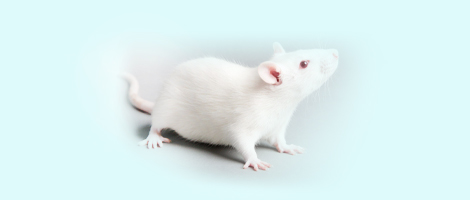






实验动物与比较医学 ›› 2009, Vol. 29 ›› Issue (4): 237-240.
所属专题: 实验动物资源开发与利用
摘要: 目的 测定西藏小型猪以及巴马小型猪、贵州香猪和五指山猪的mtDNA控制区5'端序列,比较研究其遗传变异和与国内家猪的亲缘关系。方法 扩增四种小型猪的mtDNA控制区5'端,测序并进行所测序列多重比对,确定变异位点、单倍型,并建立亲缘关系树。结果 与荣昌猪相比,西藏小型猪mtDNA控制区5-端侧翼区704bp,有20个变异位点,由此归纳出26个单倍型;其中有两种主体单倍型,三个转换位点(305,500,691)的碱基分别为t,a,a和c,g,g.巴马小型猪、贵州香猪和五指山猪mtDiNA控制区5'端变异位点较少,分别只有4、4、3种单倍型。亲缘关系树的分析表明,西藏小型猪与其它三种小型猪有较近的亲缘关系。结论 西藏小型猪群体存在遗传分化,与巴马小型猪、贵州香猪和五指山猪亲缘关系较近;巴马小型猪、贵州香猪和五指山猪遗传均一性较高,可能与长期的人工选择有关。